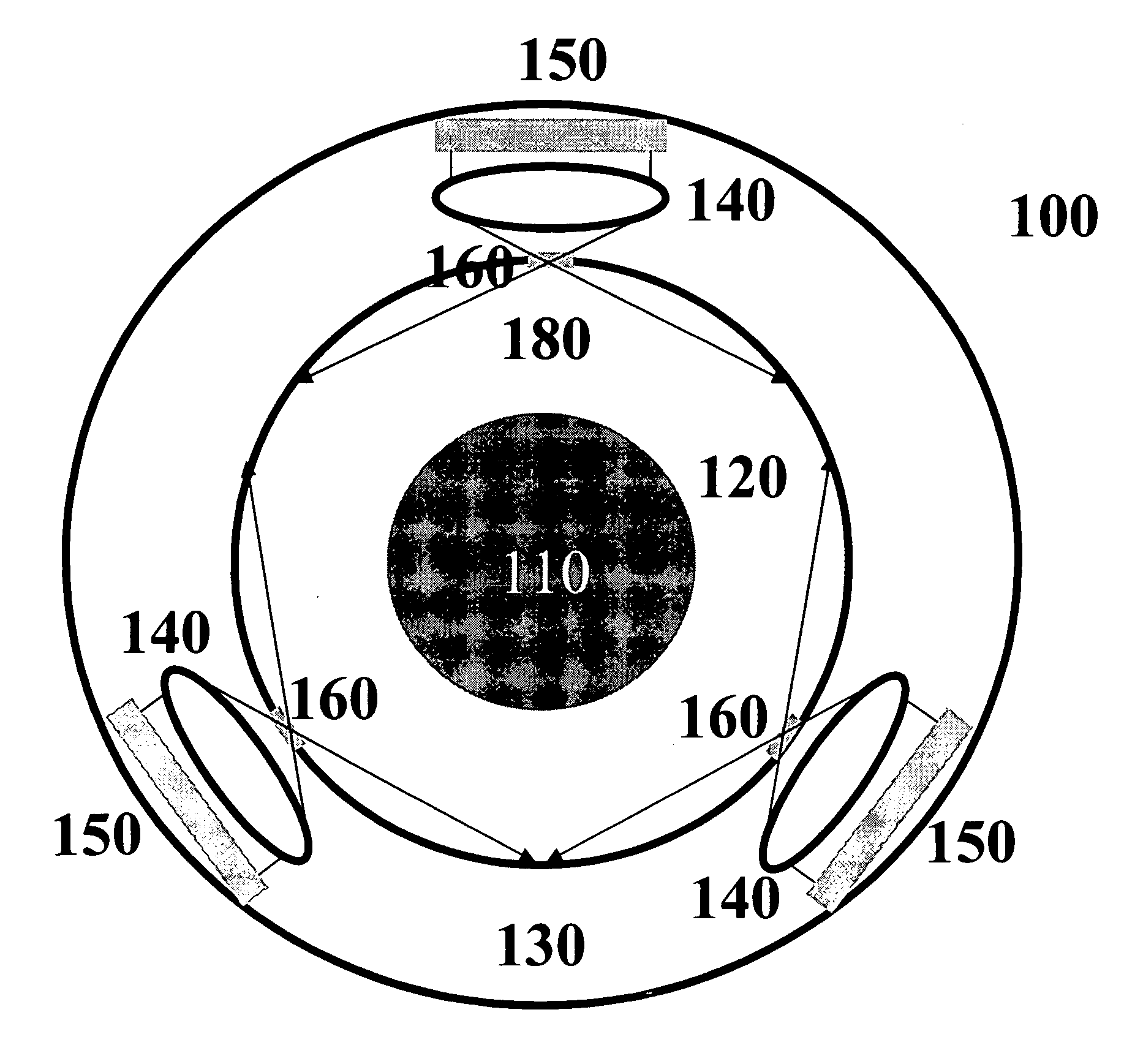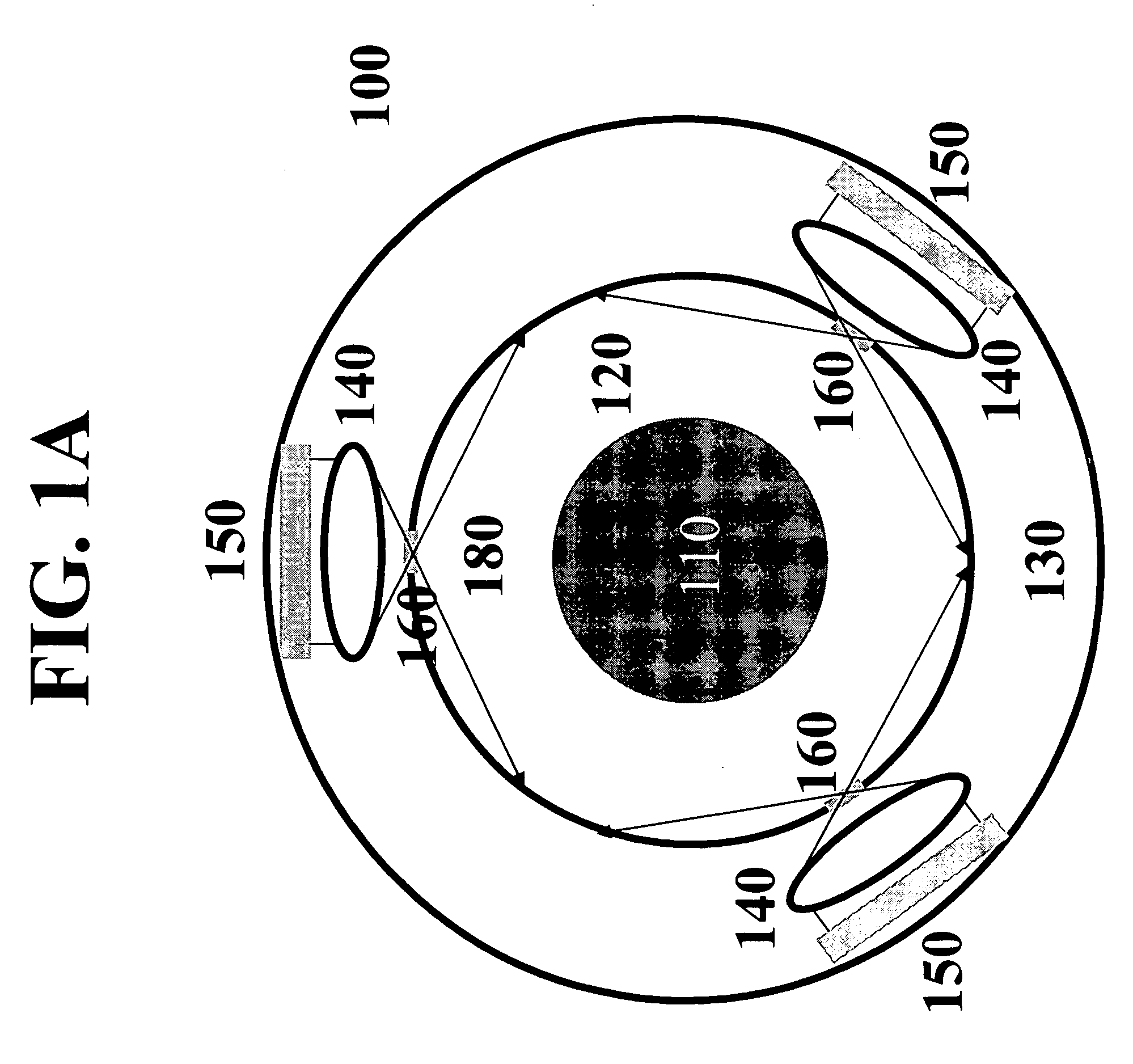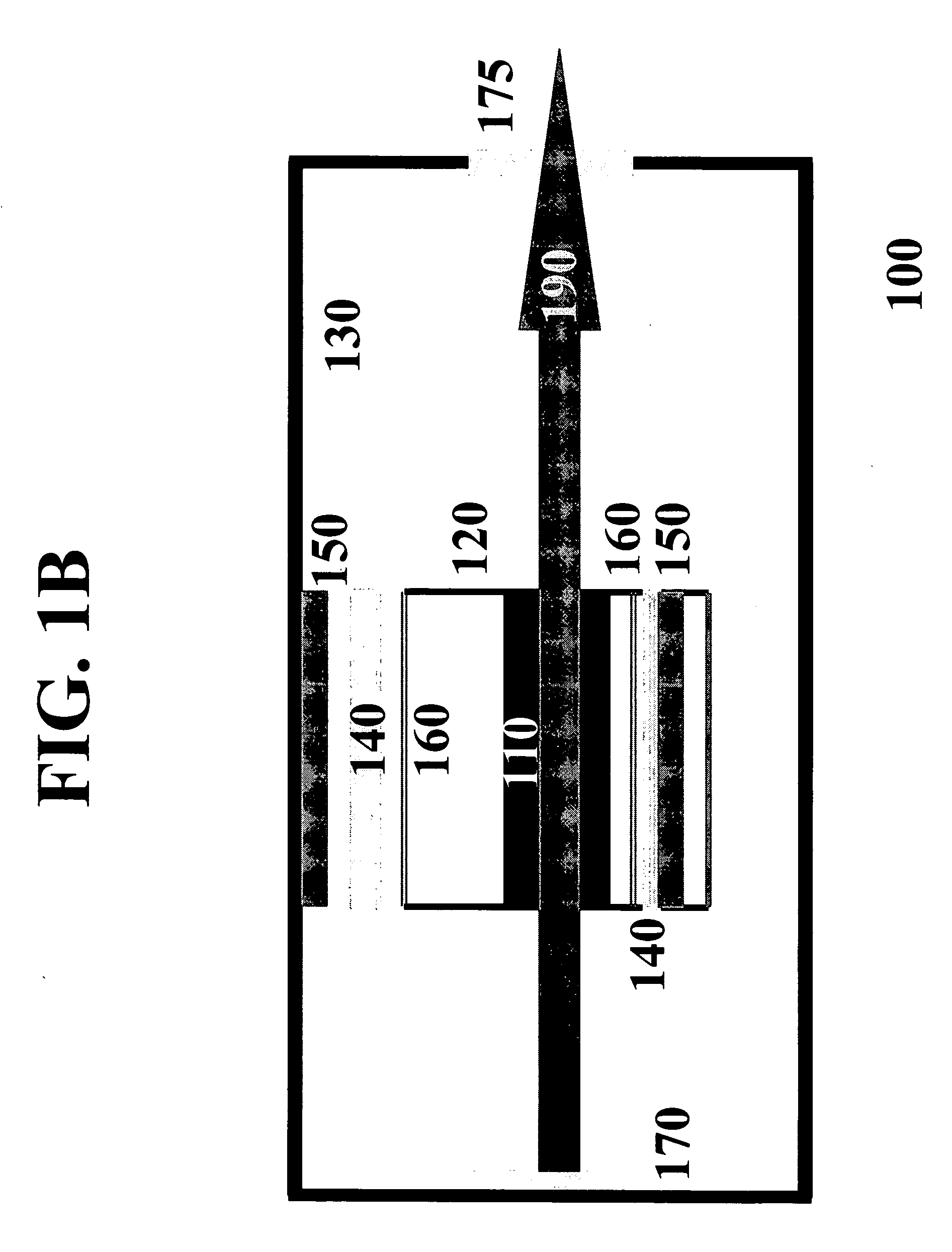Vertical cavity surface emitting laser (VCSEL) arrays pumped solid-state lasers
a laser array and laser technology, applied in the field of solid-state lasers, can solve the problems of high trigger voltage, low coupling efficiency, and serious limitations of all pumping sources, and achieve the effects of efficient coupling, compact structure, and high efficiency over wide temperature and performance ranges
- Summary
- Abstract
- Description
- Claims
- Application Information
AI Technical Summary
Benefits of technology
Problems solved by technology
Method used
Image
Examples
example one
[0062] The gain medium 810 is Nd:YAG, which is pumped by an odd number of VCSEL arrays at 808 nm to produce laser emission at 1064 nm. High-power green light at 532 nm is produced after SHG in the nonlinear optical crystal 820.
example two
[0063] The gain medium 810 is Nd:YVO4, which is pumped by an odd number of VCSEL arrays at 808 nm to produce laser emission at 1064 nm. High-power green light at 532 nm is produced after SHG in the nonlinear optical crystal 820. The birefringent crystal 830 is removed in this configuration.
example three
[0064] The gain medium 810 is Nd:YAG, which is pumped by an odd number of VCSEL arrays at 808 nm to produce laser emission at 1064 nm. The birefringent crystal 830 supports the laser oscillation polarized normal to its principal plane and suppresses another component. Intracavity OPO is singly resonated at the signal wavelength. Resonant oscillation at the idler wavelength is suppressed by the walk-off effect in 830. Cr:YAG is utilized as passive Q-switch element 840. Q-switched eye-safe laser output at 1.54 μm is produced after OPO in KTP crystal 820.
PUM
 Login to View More
Login to View More Abstract
Description
Claims
Application Information
 Login to View More
Login to View More - R&D
- Intellectual Property
- Life Sciences
- Materials
- Tech Scout
- Unparalleled Data Quality
- Higher Quality Content
- 60% Fewer Hallucinations
Browse by: Latest US Patents, China's latest patents, Technical Efficacy Thesaurus, Application Domain, Technology Topic, Popular Technical Reports.
© 2025 PatSnap. All rights reserved.Legal|Privacy policy|Modern Slavery Act Transparency Statement|Sitemap|About US| Contact US: help@patsnap.com



